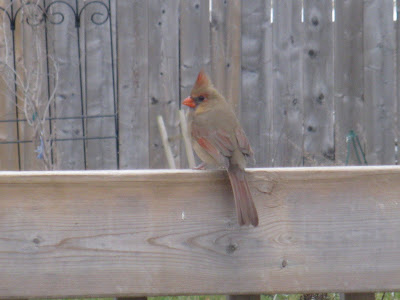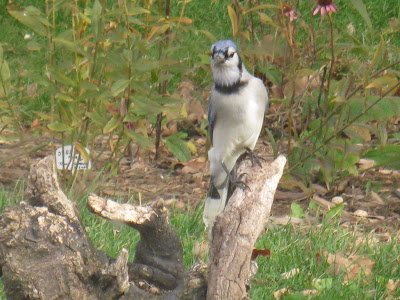Birds dying in oilsands at 30 times the rate reported, says study
Published June 7, 2010
EDMONTON—A new study says birds are likely dying in oilsands tailings ponds at least 30 times the rate suggested by industry and government.
The results add weight to arguments that depending on industry to monitor its own environmental impact isn’t working, said study author Kevin Timoney, an ecologist whose paper was published Tuesday in the Wilson Journal of Ornithology.
“We need to have credible scientific monitoring,” Timoney said.
Bird deaths are currently tracked through industry employees reporting carcasses. The eight-year annual average of such reports, from 2000 to 2007, is 65.
“It’s basically ad hoc,” said Timoney, who decided to take a different approach for the tailings ponds of Suncor, Syncrude and Shell.
He started with counts of dead birds taken from formal shoreline surveys of tailings ponds done in the 1980s to get an idea of deaths per square kilometre. Those surveys remain relevant because methods of deterring bird landing haven’t changed much since then, Timoney said.
The surveys were combined with studies looking at how many birds out of the total number that flew over actually landed and were “oiled” on the tailings ponds.
Timoney then factored in reports of bird deaths obtained from the Alberta government through freedom-of-information legislation.
Using averages for the mortality rate of oiled birds, and adjusting for the increased size of tailings ponds over the last two decades, Timoney came up with what he says is a more reasonable estimate for bird deaths in the 120 square kilometres of ponds he studied.
The 14-year median, including raptors, songbirds, shorebirds and gulls, is 1,973 deaths every year. That’s more birds than died in the April 2008 incident that saw Syncrude convicted of charges under the environmental protection legislation earlier this year.
And the total is probably higher than that, said Timoney. His study, which was funded by Dalhousie University, didn’t account for birds that landed and were oiled at night or that simply sank under the surface of the ponds.
The total mortality is unlikely to have much overall impact on the millions of birds from dozens of species that migrate through the Athabasca watershed, one of the continent’s main flyways.
However, Timoney pointed out some populations, such as endangered whooping cranes, are vulnerable to a single catastrophic event. As well, oiled birds that escape take contamination with them into their summer or winter habitat.
And Timoney said the disparity between official estimates and his results is disturbing.
“Industry-reported data on bird deaths are problematic as they are not systematic, repeatable and statistically robust,” the paper says. “Government should assume responsibility for development of systematic monitoring and research on tailings pond bird landing, oiling and mortality rates.”
Alberta Sustainable Resource Development Minister Mel Knight points out that oilsands operators are required to have deterrence and monitoring systems in place for all kinds of wildlife. But he acknowledges there’s room for improvement.
“I would not argue at all with the study with respect to the fact that there could be better work done on monitoring, and we’re going to work to do that,” he said. “At the end of the day we’ll come to appreciate the advice that is being given to us and we’ll use it.”
Senior government biologist Todd Powell said the official figure of 65 dead birds wasn’t meant to be a summary of all mortality, just an indicator of where the birds are dying.
“The numbers that we banter around here are kind of unknowable because the way we’ve organized our system isn’t meant to estimate that,” he said Tuesday. “It’s all about trying to improve upon the system that’s in place.
“We’re working toward streamlining a monitoring process that gives us a more precise estimate of the number of birds that will contact the tailings ponds.”
But Knight told reporters on Tuesday that an end to industry self-monitoring is unlikely.
“I don’t believe there’s anything negative about the self-reporting system, particularly when we go out and do audits of what they’re doing,” he said. “That has to still form part of the ongoing work with respect to getting better.”
Timoney’s is not the first independent study to question official figures on the environmental impact of the oilsands.
Last December, one report suggested hydrocarbon emissions are nearly five times greater and twice as widespread as industry figures say. Another suggested that tailings leakage from storage ponds is also underestimated. A third suggested that if deforestation and wetlands removal are considered, greenhouse gas emissions from oilsands development are about 25 per cent higher than government and industry say.
Knight said government data are based on round-the-clock, seven-day-a-week monitoring by industry, unlike independent studies. He said government scientists are working to determine the natural levels of hydrocarbons in the environment so they can understand the industrial impact.
“On the basis of long-term monitoring and baseline loading, we’re going to come to the conclusion that of course human development has an impact on our environment.”













































